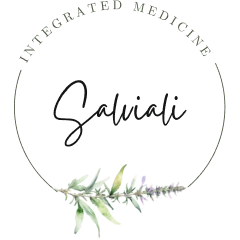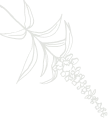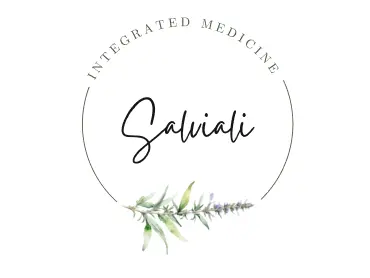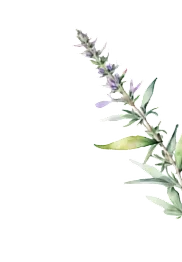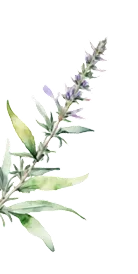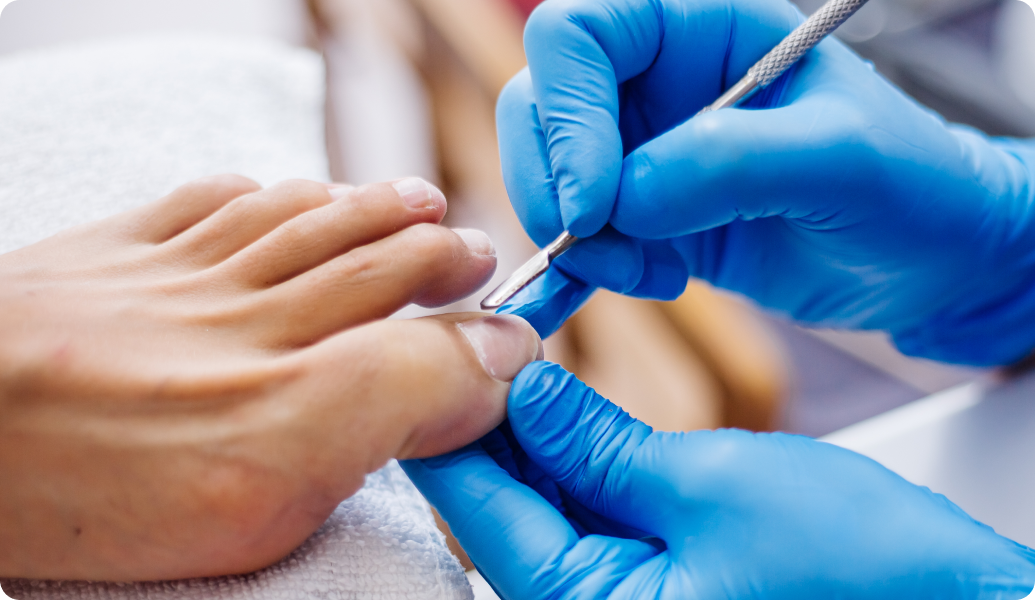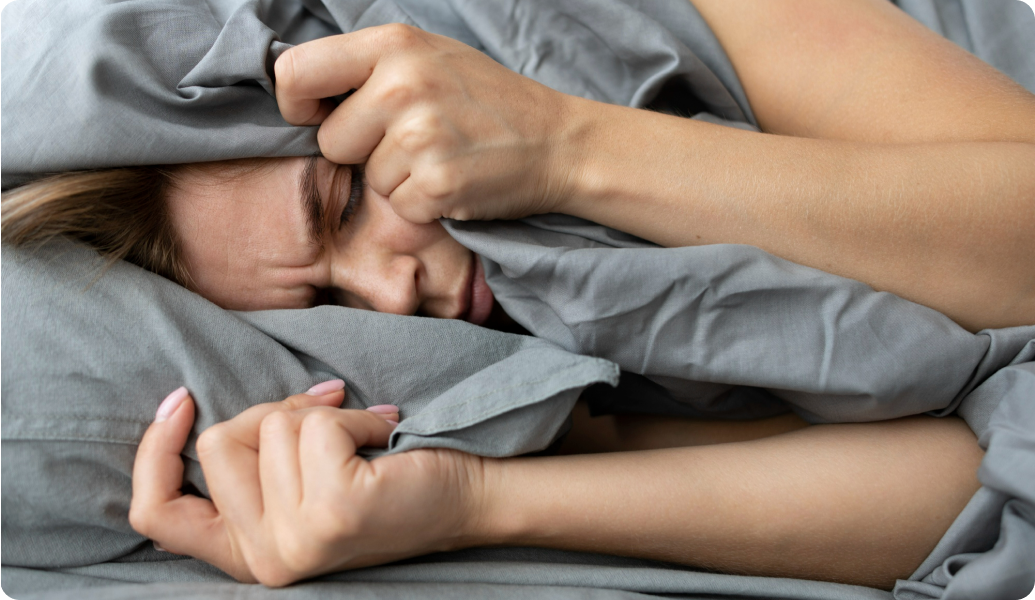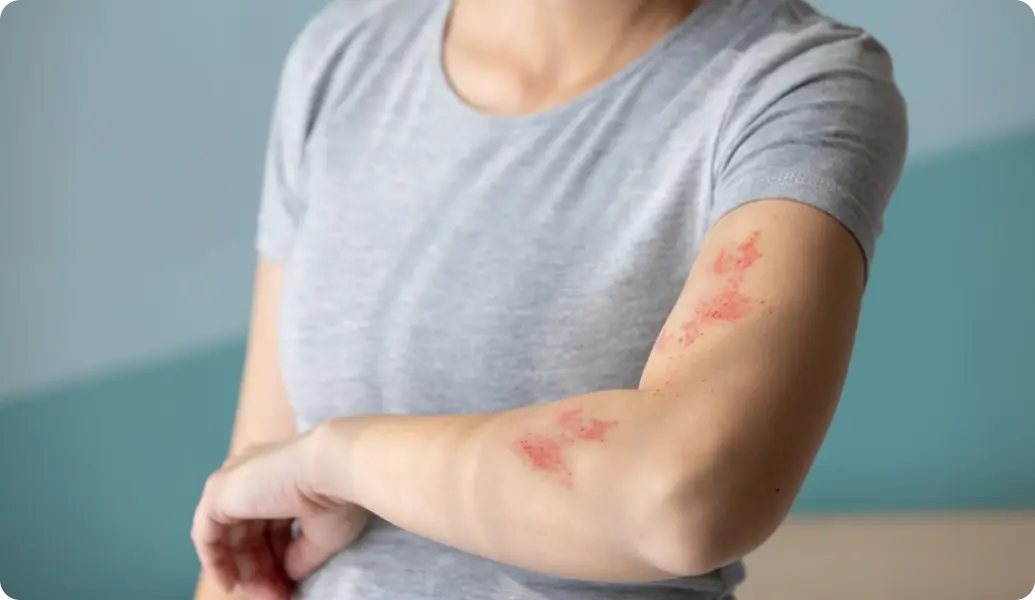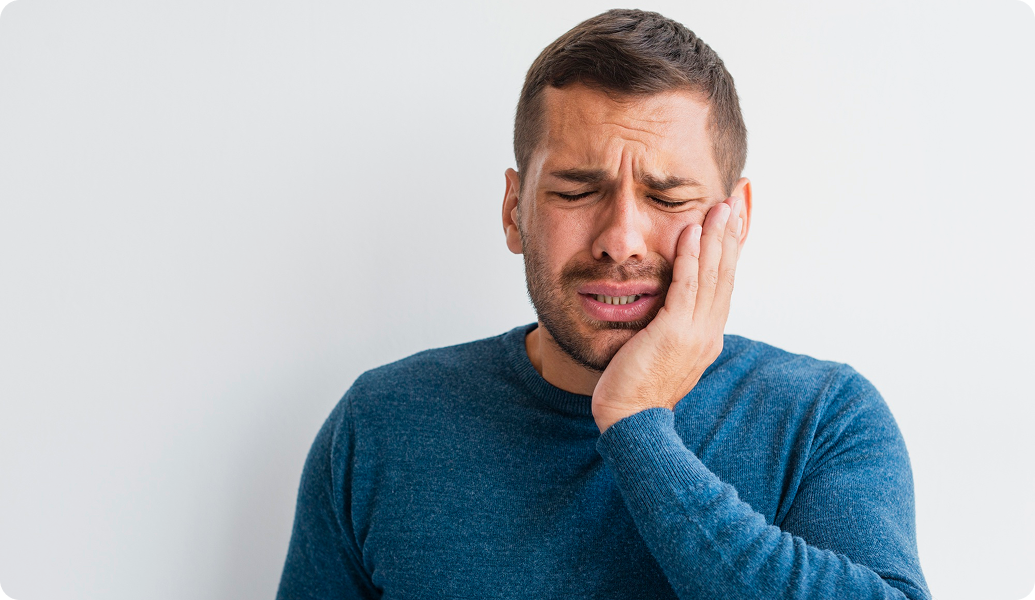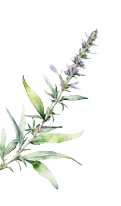
Paronychia is a common infection that affects the skin around the fingernail or toenail, often linked to poor hygiene or ingrown nails. However, deeper factors, such as suppressed immunity, inflammation caused by sluggish digestion and slow metabolism can contribute to the development of this condition. In some cases, paronychia can affect multiple fingers or toes. When initial inflammation is not addressed properly, the skin around the nail becomes susceptible to bacterial infections, Candida or a combination of both, particularly on the feet. Mixed infections like these can be challenging to treat and often don’t respond well to antibiotics.
If you’re suffering from paronychia, treatment requires patience and consistency. Healing can take time depending on the severity of the infection. Successful treatment not only alleviates pain and resolves the infection, but also helps you manage future flare-ups by addressing the issue early on.
Addressing the Root Causes
To effectively treat paronychia, it is essential to address the underlying causes rather than simply focusing on the symptoms. By targeting both the symptoms and root causes, you can achieve lasting relief and reduce the likelihood of future flare-ups. Starve Bacteria and Candida: Both bacteria and Candida thrive on sugar. Reducing or eliminating sugar from your diet deprives these microorganisms of the nutrients they need to grow. This is a crucial first step in managing paronychia.
- Probiotics: Probiotics help restore a natural balance of bacteria in your gut, combating Candida overgrowth and supporting overall immune health. Foods naturally rich in beneficial bacteria are preferable to over-the-counter probiotic supplements.
- Diet: A balanced diet is vital for healing inflammation and supporting digestion. To avoid overloading your digestive system, aim for a maximum of three meals a day without snacking. Keep dinner light, cooked and early (around 6 p.m.), focusing on easily digestible foods like soups. Avoid desserts, ice cream, yogurt, cheese or chocolate in the evening when your digestion is naturally slower. Replace processed foods, such as breakfast cereals with porridge. Limit bread intake to one meal per day, opting for non-fermented flat breads.
- Digestive Herbs: If digestion feels sluggish, consider herbal infusions with coriander, fennel, dry ginger, oregano, thyme, tulsi or cumin. For those with more sensitive constitutions, a gentler mix of coriander, fennel and a pinch of liquorice powder may be better suited. Stronger combinations are available but should be tailored to individual needs by Ayurvedic Practitioner.
Herbal Decoction Rinse
Washing the wound with a herbal decoction not only cleanses and disinfects but also provides immediate calming, drying and powerful healing effects even for stubborn infections. This method can offer instant pain relief, with most cases seeing pain completely subside within 24 hours.
To prepare the decoction, boil 1 litre of water with 2 teaspoons of neem powder (Azadirachta indica) and 1 teaspoon of liquorice powder (Glycyrrhiza glabra) for at least 5 minutes. Allow the decoction to cool to lukewarm (around room temperature, must be below body temperature). Carefully pour the clear liquid over the infected area, letting it flow steadily onto the wound for as long as possible. Using a traditional round Indian vessel or a similar round vessel or a jug with a “round belly” helps retain the herbal sediment, allowing only the clearer decoction to reach the wound.
This treatment should be performed at least three times a day -morning, after work or school, and evening. If you shower in the morning or evening, avoid allowing the wound to soak in the shower water and ensure the decoction is applied straight afterward to cleanse and disinfect. Avoid submerging your wound in the decoction; instead, allow a slow, steady flow of clean decoction to gently rinse the wound. Afterwards, gently wipe the area around the wound with a clean tissue and allow the affected area to air-dry by keeping your foot bare for at least 30 minutes. In severe infections, you may need to repeat this procedure initially every 2-3 hours. Most cases will heal with regular rinses within 1.5 to 2 weeks. In some instances, treatment may need to be supplemented with neem oil applications. However, please note that neem oil must not be used during the early stages of infection when the toe is red, swollen, extremely sore or oozing pus. At this stage, the focus should be on cooling and drying the area using treatments such as neem and liquorice rinses.
Neem Oil Application
Cold-pressed neem oil can be used to speed the healing. Make sure the acute infection stage has passed and you have had at least a few days of neem-liquorice rinses only.
Blood-Cleansing Herbs:
For severe cases, consider taking herbs that support blood purification, such as:
- Nettle Tea: Drink four cups daily. For sensitive individuals, add a pinch of liquorice powder.
- Nishamalaki with Manjistha: A mixture of turmeric and amalaki (Emblica Officinalis) and
Manjistha (Rubia cordifolia) in a 1:1:1 ratio or just turmeric with amalaki. Take 1/3 teaspoon three
times a day after meals.
Improve Hygiene:
Bacteria and Candida thrive in warm, damp environments, making the treatment of toe paronychia particularly challenging. Choose breathable shoes and, when possible, wear open-toe shoes. Keep your feet bare whenever you can. If you must wear shoes, wash and thoroughly dry your feet regularly and change socks frequently. Even wiping your feet with a damp towel, drying them up completely and changing socks a couple of times a day can make a significant difference. You can also lightly dust the inside of your socks with neem powder. The herb’s antimicrobial and antifungal properties help prevent bacterial and fungal growth. It can be frustrating to see improvement over the weekend only to have the condition worsen after a day of wearing shoes. In such cases, stricter hygiene practices and air-drying routines during work or school hours may be necessary.
Important Note:
Monitor the infection for signs of spreading. This is unlikely if you maintain good foot hygiene, follow procedures above and allow your feet to air out regularly. However, wearing shoes for prolonged periods and infrequent treatment application may cause the infection to spread. In such cases, consult a doctor immediately. Taking photos of the wound during treatment can help track its progress.
Tailored Treatments for Persistent Cases
If paronychia is a recurring issue, it’s essential to address the root causes. Persistent inflammation may require specialized treatments, such as:
- Custom Herbal Preparations: Tailored to your specific condition.
- Smoke Therapy: Traditional practices that promote healing.
- Leech Therapy: Used for severe, chronic cases to aid circulation and healing.
Final Considerations
This therapy may not be suitable for those with complex health issues or specific allergies. If you fall into this category, consult a healthcare professional or Ayurvedic practitioner to discuss how the treatment can be adjusted for your unique needs.
